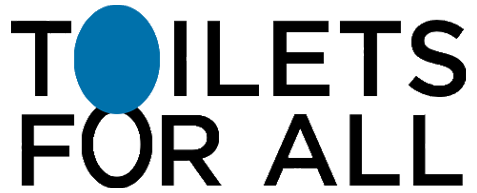The circular economy approach of the waterless toilet industry
The container based sanitation approach involves five key steps in order to properly contain the urine and faeces and have valuable resources at the end of the circle. This allows a dignified service for the customer, the elimination of the negative impact on the environment and the health of the population and creates energy and fertilizer at the end of the process with very minimal use of water.
These are the five steps of the circular process:
1: CONTAINMENT
A urine diverting dry toilet (UDDT) is used to collect urine and faeces into removable containers. Trine container has a smell-prevention valve. Faeces are manually covered with dry materials (e.g. ash or sawdust).
2: COLLECTION
A regular pick-up of the containers is organised and clean replacement containers are provided to the client or the company provides customers with a centrally located drop-off station.
3: TRANSPORT
By collection agency to treatment plant, or clients transporting faeces and urine in the two provided buckets (with lids) to the drop-off station. The buckets are cleaned and disinfected to be ready for reuse.
4: TREATMENT
Urine and faeces are processed separately and transformed into valuable products that can be reintroduced to the local and/or international market.
Faeces: Composting to create natural fertiliser or pyrolysis to create biochar.
Urine: Extraction of struvite and other valuable minerals.
5: TRANSFORMATION
Container-based sanitation produces three end resources:
Compost, to be used as fertiliser in agriculture
Biochar, for both soil amendment that replenishes soil carbon, and for industrial use in filters, or as fuel / energy
Struvite, a phosphorus mineral, applied directly in agriculture.
